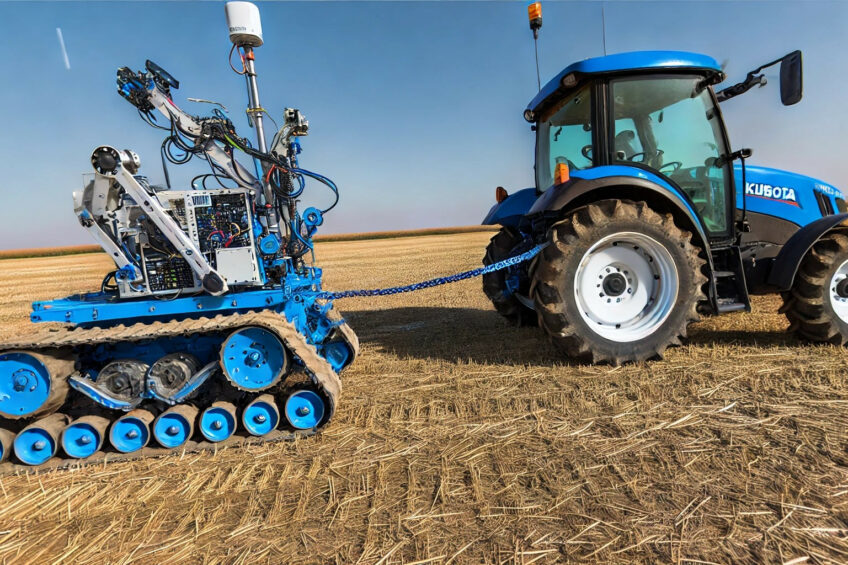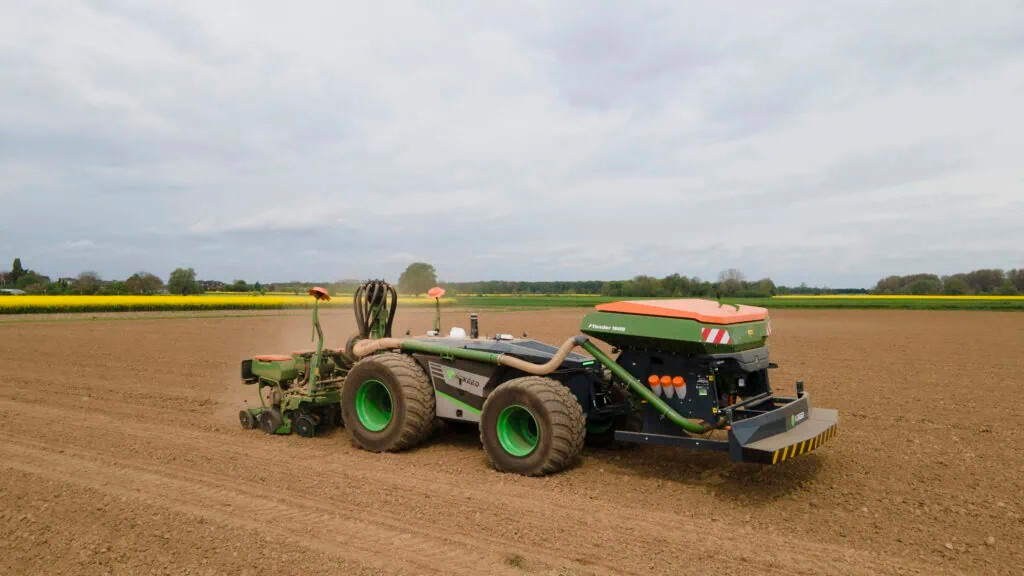Off-the-shelf or custom? The future of autonomous farming

Craig Rupp, CEO of Sabanto and a pioneer in autonomous farming, shares his perspective on the practical realities of autonomy in agriculture. As one of the first to operate a fleet of autonomous tractors, Rupp offers unique insights into why a standard autonomous tractor may often be more effective than a dedicated field robot. In this series of bi-weekly opinion pieces, he explores the reality of autonomous farming and what it could mean for farmers today.
Building an autonomous future: a practical approach
When launching a company with an ambitious vision, the first step is to establish core principles—guiding tenets that steer the company toward that vision. For me, that journey began by reflecting on the future of agriculture and the transformative impact autonomy could have. The most critical question: What should the machine look like?

Autonomy: evolution, not revolution
Autonomy is not a revolutionary idea—it is the next logical step in agriculture. Farming already demands massive capital investment. U.S. farmers for instance, spend billions annually on equipment, with average tractors costing in excess of $1,200/HP. Farmers have sized their equipment to their specific needs, so it is no surprise that when I speak to them about autonomy, the common question asked is, Why can’t I add autonomy to the equipment I already own?
A tractor is more than just a field machine—it is the Swiss Army knife of the farm, with its “blades” being the hydraulic remotes, PTO shafts, 3-point hitches, and drawbars. Farmers will not embrace a machine that can only do one job. It has to be versatile.

The startup sprint: solve what others will not
As a startup, the goal is to solve problems others overlook. OEMs have perfected the tractor’s design, manufacturing, and distribution. In fact, they have done it so well that farmers are deeply loyal to these brands. Farmers are not looking for new brands; they want solutions that fit into their existing ecosystem.
The real question is not how to build a better tractor—it is how to integrate autonomy without asking farmers to abandon equipment that already works. Farmers value reliability, and any autonomous solution needs to respect that.
The overlooked problem: logistics
The most ignored aspect of autonomy is logistics. How does an autonomous machine get to the field? What if it needs to move just a mile down the road? Farmers move equipment daily—across rough terrain and narrow roads. Will it need a trailer? A commercial driver’s license? What about simple tasks like moving from the shed to the fuel tank? These real-world challenges are crucial.
Despite the push for full autonomy, tractors will still need seats and steering wheels. There will always be moments when a farmer needs to take control, whether it’s getting the machine into position or navigating difficult terrain.
Conclusion: respecting the realities of farming
Autonomy is not about forcing farmers to overhaul their operations—it is about enhancing what they already have. By focusing on retrofitting existing equipment, leveraging trusted dealer networks, and solving overlooked logistical challenges, we can deliver autonomy in a way that is practical and cost-effective.
Autonomy is not a revolution. It is the next step in a long tradition of agricultural innovation. We are not just building machines—we are building the future of farming, grounded in the realities of today.
Join 17,000+ subscribers
Subscribe to our newsletter to stay updated about all the need-to-know content in the agricultural sector, two times a week.



